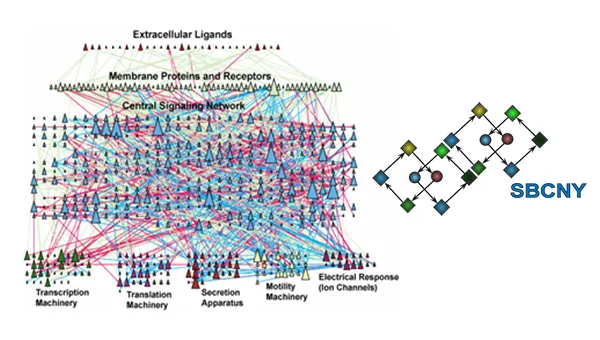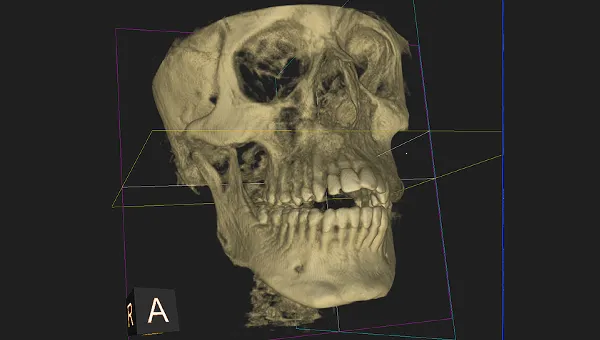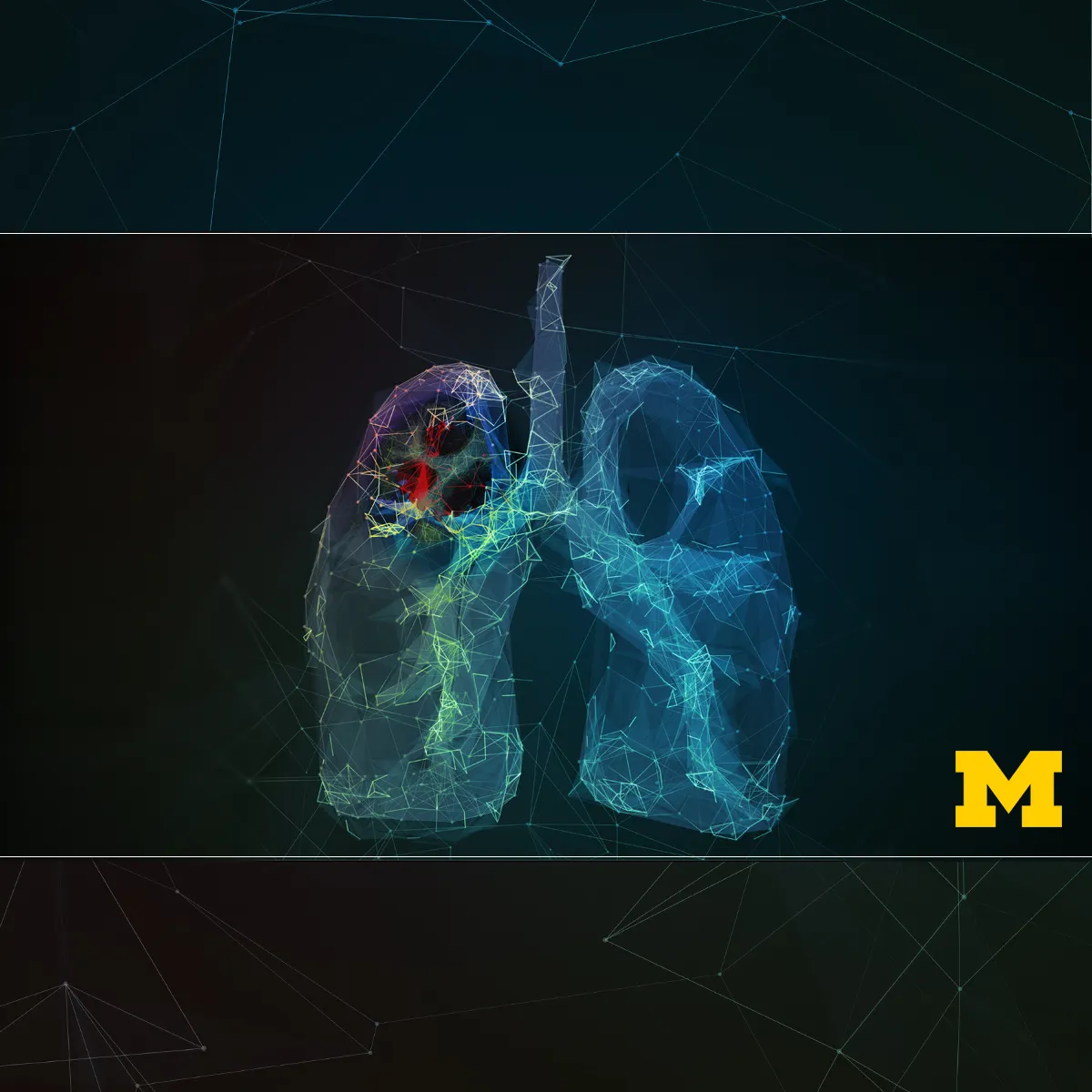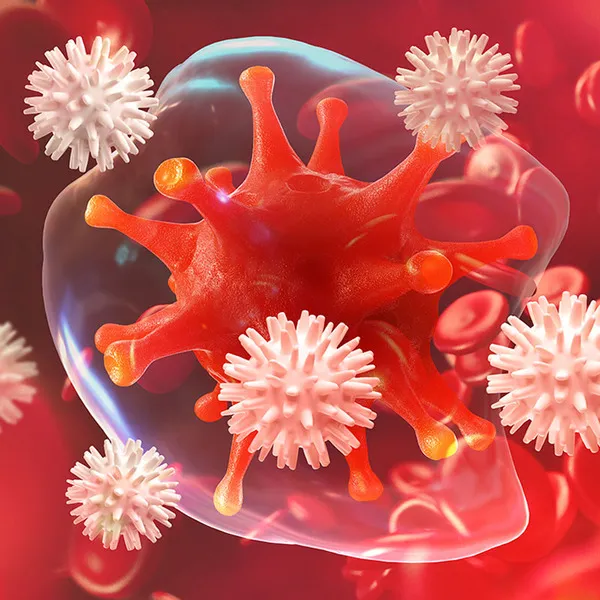
Introduction to Systems Biology 
Get a comprehesive understanding of Introduction to Systems Biology. This is a free course from Coursera. AZ Class provides this course data for free. Learn more certificate and details here. Discover the fascinating world of Systems Biology with this captivating course! Dive into the intricate workings of mammalian cells and their constituents, as biology transitions from the molecular to the modular. Uncover the secrets of how molecules interact to form functional systems, and explore the core processes that drive cellular behaviors. Through multivariable experiments and quantitative reasoning, you'll gain the skills to predict disease states and drug responses. Don't miss this opportunity to unravel the mysteries of cellular systems and unlock the potential of computational simulations. Enroll now and embark on a journey of scientific discovery! ▼
ADVERTISEMENT
Course Feature
![]() Cost:
Cost:
Free
![]() Provider:
Provider:
Coursera
![]() Certificate:
Certificate:
Paid Certification
![]() Language:
Language:
English
![]() Start Date:
Start Date:
17th Jul, 2023
Course Overview
❗The content presented here is sourced directly from Coursera platform. For comprehensive course details, including enrollment information, simply click on the 'Go to class' link on our website.
Updated in [October 07th, 2023]
What does this course tell?
(Please note that the following overview content is from the original platform)
This course will introduce the student to contemporary Systems Biology focused on mammalian cells, their constituents and their functions. Biology is moving from molecular to modular. As our knowledge of our genome and gene expression deepens and we develop lists of molecules (proteins, lipids, ions) involved in cellular processes, we need to understand how these molecules interact with each other to form modules that act as discrete functional systems. These systems underlie core subcellular processes such as signal transduction, transcription, motility and electrical excitability. In turn these processes come together to exhibit cellular behaviors such as secretion, proliferation and action potentials. What are the properties of such subcellular and cellular systems? What are the mechanisms by which emergent behaviors of systems arise? What types of experiments inform systems-level thinking? Why do we need computation and simulations to understand these systems?The course will develop multiple lines of reasoning to answer the questions listed above. Two major reasoning threads are: the design, execution and interpretation of multivariable experiments that produce large data sets; quantitative reasoning, models and simulations. Examples will be discussed to demonstrate “how” cell- level functions arise and “why” mechanistic knowledge allows us to predict cellular behaviors leading to disease states and drug responses.
We considered the value of this course from many aspects, and finally summarized it for you from two aspects: skills and knowledge, and the people who benefit from it:
(Please note that our content is optimized through artificial intelligence tools and carefully reviewed by our editorial staff.)
What skills and knowledge will you acquire during this course?
During this course, the student will acquire the following skills and knowledge:
1. Understanding of contemporary Systems Biology focused on mammalian cells: The course will provide an introduction to the field of Systems Biology, with a specific focus on mammalian cells. The student will gain knowledge about the current trends and advancements in this field.
2. Knowledge of cellular constituents and their functions: The student will learn about the various molecules (proteins, lipids, ions) that make up mammalian cells and their roles in cellular processes. They will understand how these molecules interact with each other to form functional modules within the cell.
3. Understanding of subcellular and cellular systems: The course will explore the properties of subcellular and cellular systems. The student will learn about the mechanisms by which emergent behaviors of these systems arise and how they contribute to cellular behaviors such as secretion, proliferation, and action potentials.
4. Ability to design and interpret multivariable experiments: The course will teach the student how to design, execute, and interpret experiments that produce large data sets. They will learn how to analyze and extract meaningful information from these data sets to gain insights into cellular functions.
5. Quantitative reasoning, models, and simulations: The student will develop skills in quantitative reasoning, modeling, and simulations. They will learn how to use computational tools and simulations to understand and predict cellular behaviors. They will understand the importance of computation in studying complex biological systems.
6. Application of systems-level thinking: The course will train the student in systems-level thinking, where they will learn to analyze and understand biological systems as a whole rather than focusing on individual components. They will learn how to identify and study the interactions and relationships between different components of a system.
7. Understanding of disease states and drug responses: The student will gain knowledge about how mechanistic knowledge of cellular behaviors can help predict disease states and drug responses. They will learn how to apply their understanding of systems biology to study and potentially intervene in disease processes.
Who will benefit from this course?
This course will benefit students and professionals in the field of biology, particularly those interested in systems biology and mammalian cells. It is also relevant for individuals working in related fields such as genetics, biochemistry, and pharmacology.
Specifically, the course will be beneficial for:
1. Biologists and researchers: The course will provide a comprehensive understanding of how molecules interact within cells to form functional systems. This knowledge is crucial for biologists and researchers studying cellular processes, signal transduction, transcription, motility, and electrical excitability. It will also help them design and interpret multivariable experiments that produce large data sets.
2. Geneticists and biochemists: As biology moves from molecular to modular, geneticists and biochemists need to understand how genes and molecules interact to form functional systems. This course will provide insights into the properties and mechanisms of subcellular and cellular systems, enabling geneticists and biochemists to better understand the emergent behaviors of these systems.
3. Pharmacologists and drug researchers: Understanding the mechanisms by which cellular behaviors arise is crucial for pharmacologists and drug researchers. This course will provide knowledge on how mechanistic understanding allows for the prediction of cellular behaviors, including disease states and drug responses. It will also highlight the importance of computation and simulations in understanding these systems, which can aid in drug discovery and development.
4. Students pursuing a career in biology or related fields: This course will serve as a solid foundation for students interested in pursuing a career in biology or related fields. It will provide them with a comprehensive understanding of systems biology and mammalian cells, equipping them with the necessary knowledge and skills to conduct research and contribute to advancements in the field.
Course Provider

Provider Coursera's Stats at AZClass
Discussion and Reviews
0.0 (Based on 0 reviews)
Explore Similar Online Courses

Epigenetic Control of Gene Expression

Implant Dentistry

Python for Informatics: Exploring Information

Social Network Analysis

Introduction to Systematic Review and Meta-Analysis

The Analytics Edge

DCO042 - Python For Informatics

Causal Diagrams: Draw Your Assumptions Before Your Conclusions

Whole genome sequencing of bacterial genomes - tools and applications

Introduction to Dental Medicine

Thoracic Oncology


Start your review of Introduction to Systems Biology